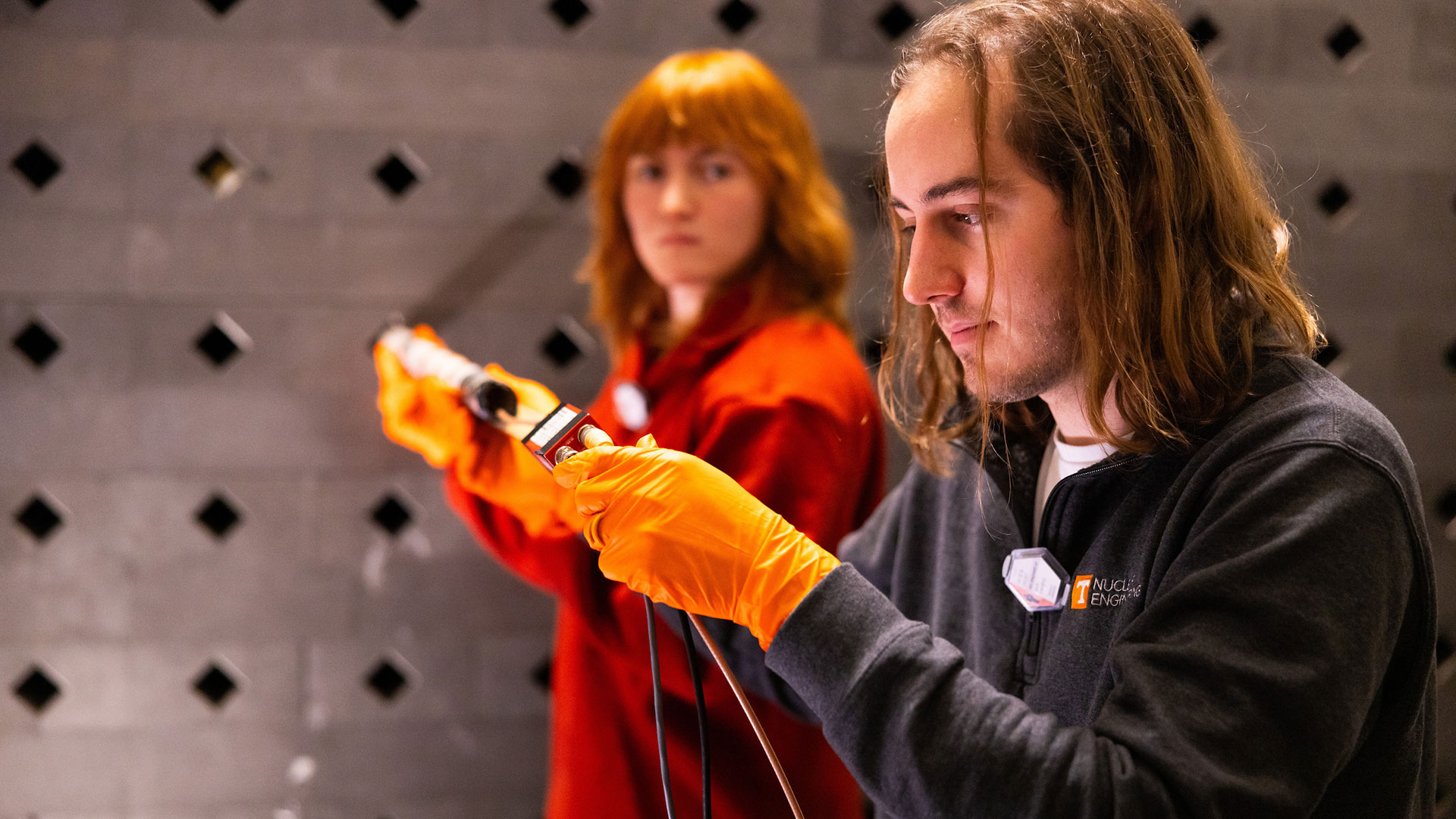In the heart of East Tennessee, a groundbreaking collaboration is reshaping the future of nuclear energy and national security.
The University of Tennessee, Knoxville, and the Y-12 National Security Complex in Oak Ridge are driving a nuclear renaissance to meet the needs of the nation’s nuclear industry by enhancing Tennessee’s unique ecosystem through research, education and workforce development.
In May, UTK and Y-12 signed an agreement to collaborate on energy and national security imperatives. The cornerstone of the collaboration is development of the National Security Prototype Center, where a UTK and Y-12 team will solve complex manufacturing problems by creating new processes and technologies in the areas of nuclear energy, defense and deterrence. The center will be a UT–Y-12 building on the Oak Ridge Enhanced Technology and Training Center campus, designed to facilitate innovations critical to national security and leadership in nuclear energy.
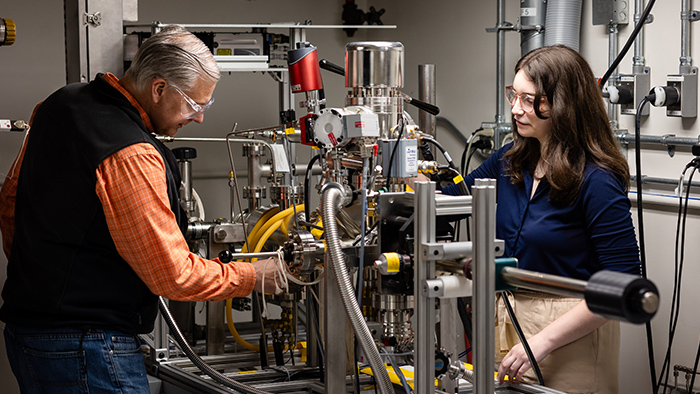
“Right now, the lead time to develop new high-precision forged components for nuclear energy, national security and nuclear deterrence is three years,” says Martin Williamson, senior director for global security and strategic partnerships programs at Y-12. “There is no way to meet the aggressive timelines in current executive orders related to national security imperatives without a radical advancement in our manufacturing.”
Y-12 brings experience in high-precision classified prototyping for parts needed in steam reactors, pump housing and other nuclear energy applications, while UTK researchers are skilled in advanced manufacturing research and qualifying components to make sure the fabricated parts meet technical specifications. Y-12 also plans to accelerate prototyping for nuclear deterrence and defense components that can sustain extreme pressure and high-temperature environments.
“Marrying the unique expertise of our two institutions can potentially reduce the development timeline from years to weeks,” Williamson says. “That will be a transformational impact.”
Leveraging Y-12’s core competencies in manufacturing and process development and UTK’s rigorous research to address needs in nuclear energy and defense will accelerate technology development. The synergies between these industries will allow the country to increase productivity while also positively affecting the economy in Oak Ridge and throughout the state.
A growing Partnership
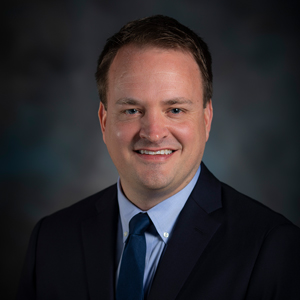
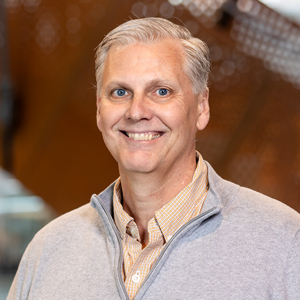

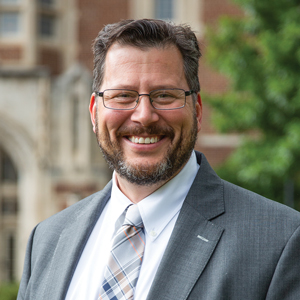
UTK established the nation’s first nuclear engineering department in 1957, and today its engineering programs are consistently ranked among the best in the nation. Proximity to Y-12 and other facilities offers students opportunities to work alongside faculty in research for the U.S. Department of Energy, the Nuclear Regulatory Commission, NASA and nuclear utilities.
Graduates of UTK’s Tickle College of Engineering often work at Y-12, and the partnership expanded in 2023 with the development of the Nuclear Engineering Technology Accelerator Program. The program allows undergraduate and graduate nuclear engineering students to conduct research with Y-12 engineers and scientists in areas ranging from maintaining the U.S. nuclear stockpile and reducing global nuclear threats to using nuclear power to fuel the U.S. Navy.
“The success of the Technology Accelerator Program provided the driving force for an even more significant partnership with Y-12,” says Brian Wirth, head of the Department of Nuclear Engineering and UT–Oak Ridge National Laboratory Governor’s Chair for Computational Nuclear Engineering.
The institutions also partner in specialized educational initiatives.
“We work with UT to train site security and local responders on how to respond to incidents involving radiological materials—learning about the threats and potential implications and how people can protect themselves and the public in such situations,” Williamson says.
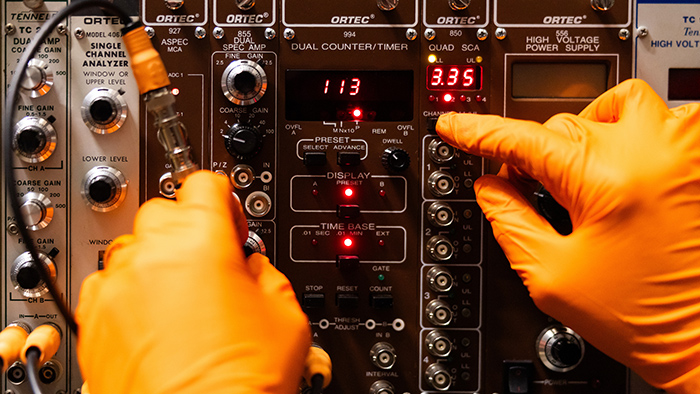
In fact, much of the research and collaborative work between UTK and Y-12 extends into education. UTK’s Institute for Nuclear Security focuses its research efforts on nuclear threat detection, nuclear forensics and policy analysis, and partners with Department of Defense Equities to connect specific students with classified jobs.
“UTK has students with military backgrounds seeking advanced degrees in nuclear engineering,” Williamson says. “We can work with this program to integrate them into the global security community and the nuclear threat reduction work at Y-12.”
Building the Nuclear Workforce
But UTK’s work with Y-12 and other nuclear industry partners doesn’t stop with the nuclear engineering majors, explains Tickle College of Engineering Dean and Wayne T. Davis Dean’s Chair Matthew Mench.
“This enhanced partnership with Y-12 will include the NSPC (National Security Prototype Center) building that enables us to take ideas from first principles to qualified prototype manufacturing processes, which will be transformational,” he says. “We will also be hiring at least one joint faculty between Y-12 and UTK and growing a talent pipeline through educational programs to further strengthen the collaboration.
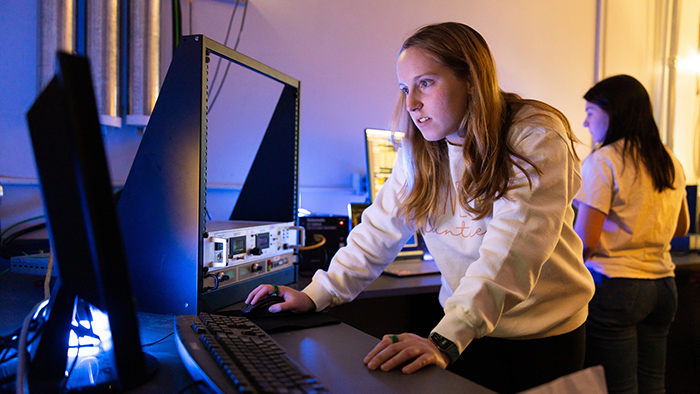
One of the misconceptions about the nuclear industry is it is only made up of nuclear engineers,” he adds. “In fact, there is tremendous national need for more qualified engineers of all varieties working in the nuclear and national security areas. Through this partnership, we will expand our capacity to produce engineers who are qualified to work as part of our state’s nuclear, manufacturing and national security workforces.”
UTK’s Baker School of Public Policy and Public Affairs educates the workforce in other ways, offering graduate certificates in national security and nuclear security. These 12-credit-hour programs were created for employees of Y-12, ORNL and the private industries that support them. The first class launched in fall 2024.
“The Baker School is proud to help the nuclear workforce at Y-12 and elsewhere stay up to date on the policy environment in which they operate,” says Baker School Dean and Professor Marianne Wanamaker. “If we do this well, it will help the region recruit private-sector partners because the university can support their continuing education needs.”
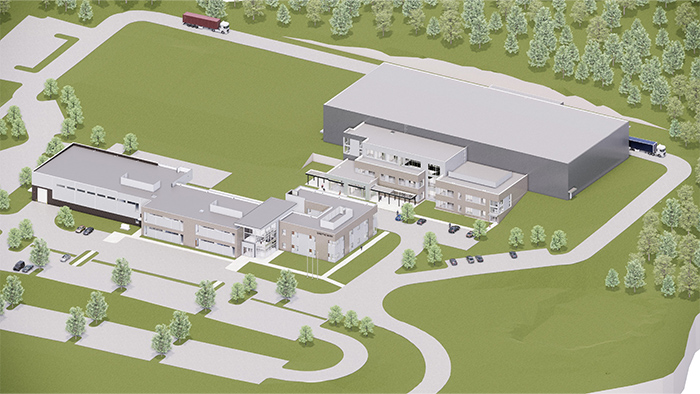
The self-paced program allows participants to complete the coursework in one to two academic years. Classes cover U.S. foreign policy, nuclear proliferation, nuclear deterrence, national security strategy, administrative law and regulatory policymaking.
“A few years ago, the National Security Administration sent a report to Congress noting the need to increase the number of people with relevant hands-on experience in order to address increasing and evolving nuclear threats,” Williamson says. “UT, Y-12 and all the nuclear organizations in East Tennessee bring unique strengths to address this challenge. We’re all seeing that we must work together in research and education to deliver solutions to make the United States successful in all things nuclear.”
